? Which crypto exchange will keep your funds safest in 2025?
What’s The Safest Crypto Exchange To Use In 2025?
You want an exchange that protects your money, minimizes risk, and operates within rules you can trust. In 2025 the landscape continues to shift: regulators are more active, security technology has advanced, and user expectations for transparency and custody are higher than ever.
Quick overview: safety is multi-dimensional
Safety isn’t a single feature you can tick off. It’s a combination of regulatory compliance, custody practices, operational security, financial safeguards, transparency, and customer controls. You’ll want to evaluate each of these dimensions before choosing where to hold or trade crypto.
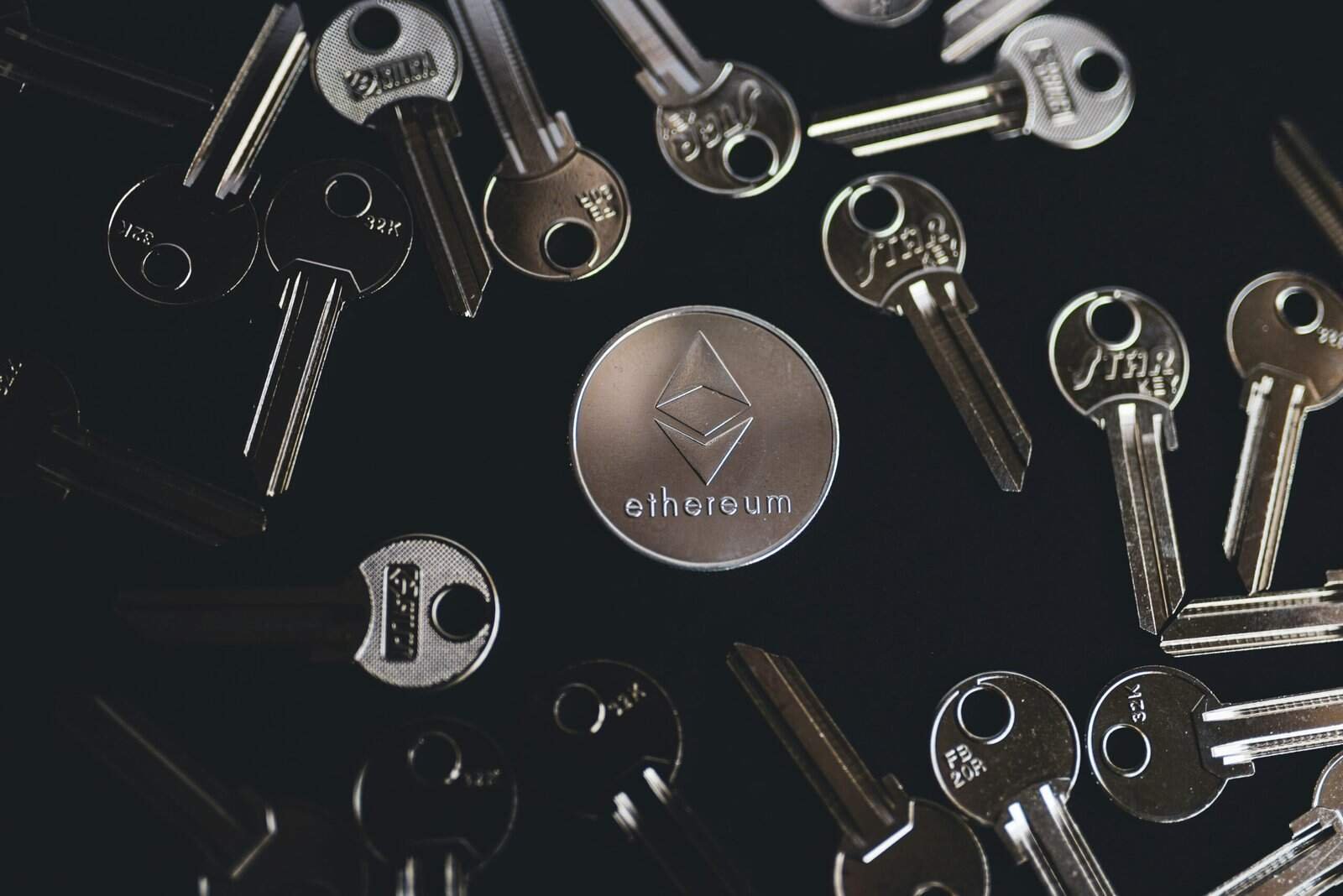
How to think about “safety”
You need to balance convenience and risk. A platform with advanced trading features may expose you to higher operational risk, while a custody-first provider may limit trading tools but protect your assets better. Consider how you’ll use the exchange (trading, long-term storage, staking, borrowing) and choose accordingly.
Key safety criteria to evaluate
You should look at several core aspects when judging an exchange’s safety. Each criterion affects your exposure to loss, theft, or regulatory complications.
Regulatory compliance and licensing
Regulation reduces the chance of sudden shutdowns and gives you legal recourse if something goes wrong. Check whether the exchange is licensed where it operates, whether it’s registered with financial authorities, and whether it meets local custody rules for client assets.
Custody model and cold storage practices
How an exchange stores crypto matters a lot. You want to know the split between hot and cold wallets, whether private keys are kept in multi-signature hardware modules, and if they use geographically distributed cold storage. The smaller the portion held in hot wallets, the lower the risk of a large-scale online hack.
Insurance and financial protections
Many exchanges offer insurance policies covering cyber theft or internal fraud, but policies vary in scope and exclusions. Ask whether insurance covers customer assets directly or just the exchange’s balance sheet, and whether policies are underwritten by reputable insurers.
Proof of reserves and third-party audits
You should favor exchanges that publish transparent proof-of-reserves audits performed by credible third parties. While proof-of-reserves isn’t a perfect guarantee, consistent, verifiable reports reduce the risk of undisclosed insolvency.
Operational security (OPSEC) & engineering practices
Operational controls such as access management, key rotation, penetration testing, and bug-bounty programs matter. Exchanges with a strong security culture publish whitepapers on their security architecture and invest in continuous testing.
Track record and incident response
Review a platform’s history: past hacks, regulatory events, or downtime. Importantly, examine how the exchange handled incidents — whether they were transparent, protected customers, and improved controls afterward.
User-level security features
You should use platforms that support strong authentication (U2F/FIDO2 hardware keys), withdrawal whitelists, address tagging, and device management tools. These features reduce the chance that a compromised account leads to irreversible loss.
Liquidity and market stability
High liquidity lowers the risk of severe slippage and market manipulation. If you trade, choose exchanges with deep order books for the pairs you care about.
Jurisdiction and legal risks
Different jurisdictions offer different levels of customer protection. Exchanges operating in stable regulatory environments (e.g., U.S., E.U., U.K., Japan) often have clearer oversight and enforceable consumer protections, though not always superior products.
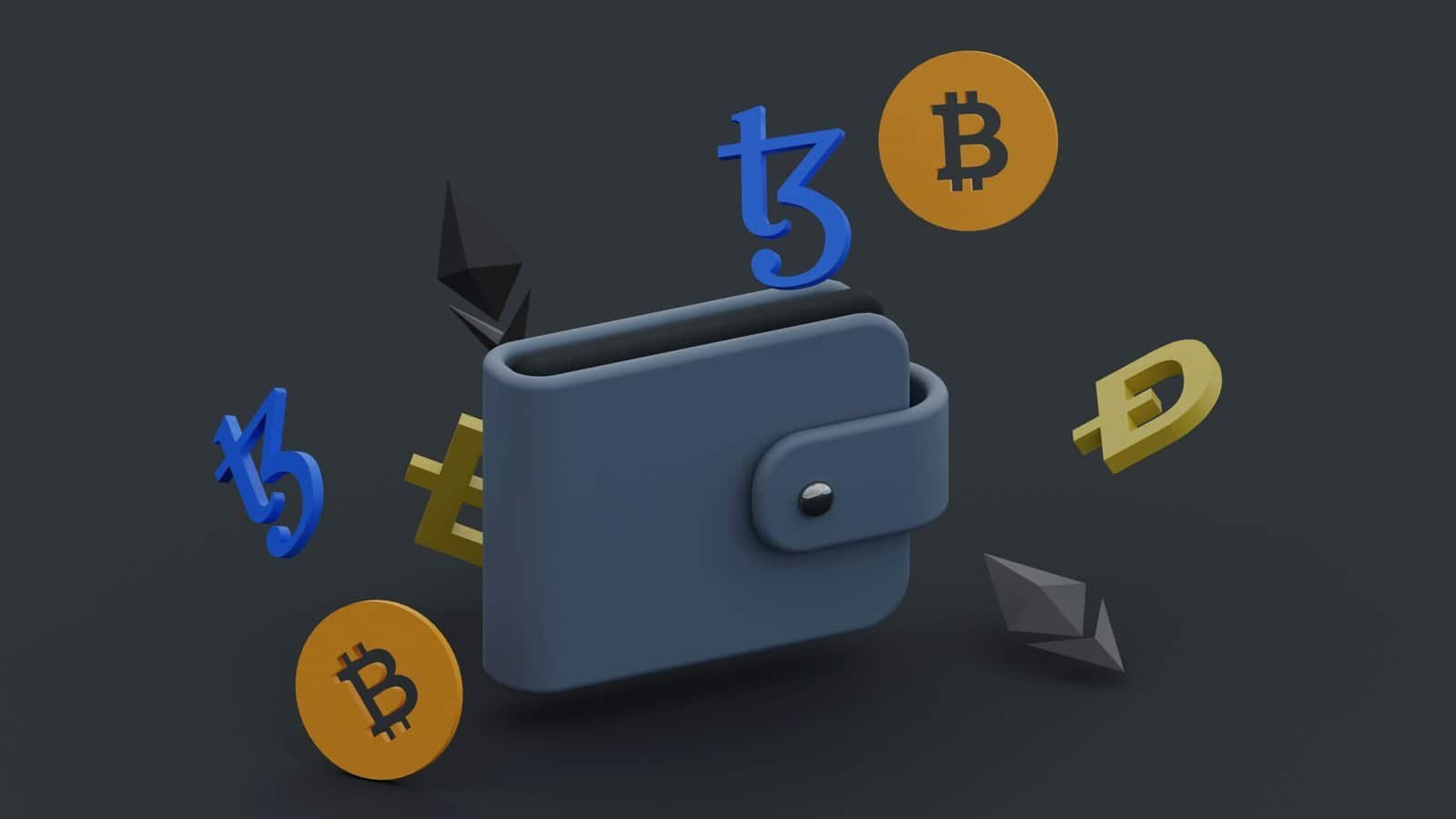
Top contenders for the safest exchanges in 2025
No single exchange is universally “the safest” for everyone; your needs and jurisdiction matter. Below is a comparative table that highlights safety-relevant features for several well-known exchanges you’ll likely encounter in 2025.
| Exchange | Headquarters / Main Reg. | Custody Model | Proof of Reserves / Audits | Insurance | Notable security features | Regulatory notes |
|---|---|---|---|---|---|---|
| Coinbase* | U.S. (regulated) | Custodial + Coinbase Custody (institutional) | Regular third-party audits and PoR reports | Limited insurance for hot wallets; FDIC for USD balances via partner banks | FIDO2/U2F, cold storage, detailed security docs | Strong U.S. registration; subject to SEC/FinCEN actions historically |
| Kraken | U.S./Global | Custodial; Kraken’s custody measures emphasize cold storage | Independent proof-of-reserves, periodic audits | Insurance for some risks; custom institutional custody | Global key management, cold storage, code audits | Operates under multiple licenses; actively engages regulators |
| Gemini | U.S. (NYDFS-regulated) | Custodial with focus on compliance | Regular audits & proof of reserves claims | Insurance on digital assets through partners | SOC 2 reports, multi-sig custody, strong KYC | Regulated as a trust company; strict compliance |
| Bitstamp | Luxembourg / EU | Custodial; long-running exchange | Periodic audits; transparency reports | Insurance for certain assets and hot wallets | Cold storage, SOC reports, long track record | EU regulatory compliance; conservative approach |
| Binance | Global (varied) | Custodial (large hot wallet footprint historically) | Began proof-of-reserves effort; audits vary by jurisdiction | Insurance fund (SAFU) and some policies | High liquidity, advanced security options | Regulatory pressures in many markets; operations more complex |
| BitFlyer | Japan/US/EU | Custodial with strong Japanese regulatory oversight | Audits and reporting per Japan FSA expectations | Insurance policies and protections | Japanese-level security standards | Licensed in Japan; strong consumer protections in primary markets |
*Note: This table summarizes general features as of late 2024–early 2025 conditions. Confirm current status before making decisions.
Deep dive: custody models explained
Custody is one of the most critical safety factors because custody determines where the private keys are and who controls them.
Self-custody vs custodial exchanges
If you self-custody, you control private keys directly (hardware wallets like Ledger or Trezor, or software wallets). That gives you full control but also full responsibility: if you lose keys or seed phrases, your assets are gone. Custodial exchanges hold keys on your behalf, which reduces direct responsibility but introduces counterparty risk — the exchange can be hacked, mismanaged, or go bankrupt.
Hybrid custody and institutional solutions
Some platforms offer hybrid models: non-custodial on-chain trading interfaces or delegated custody where institutional-grade custody is segregated from exchange hot wallets. If you’re institutional or holding large balances, you should consider third-party custody (e.g., Coinbase Custody, BitGo, regulated trust companies) with insured offerings and institutional contracts.
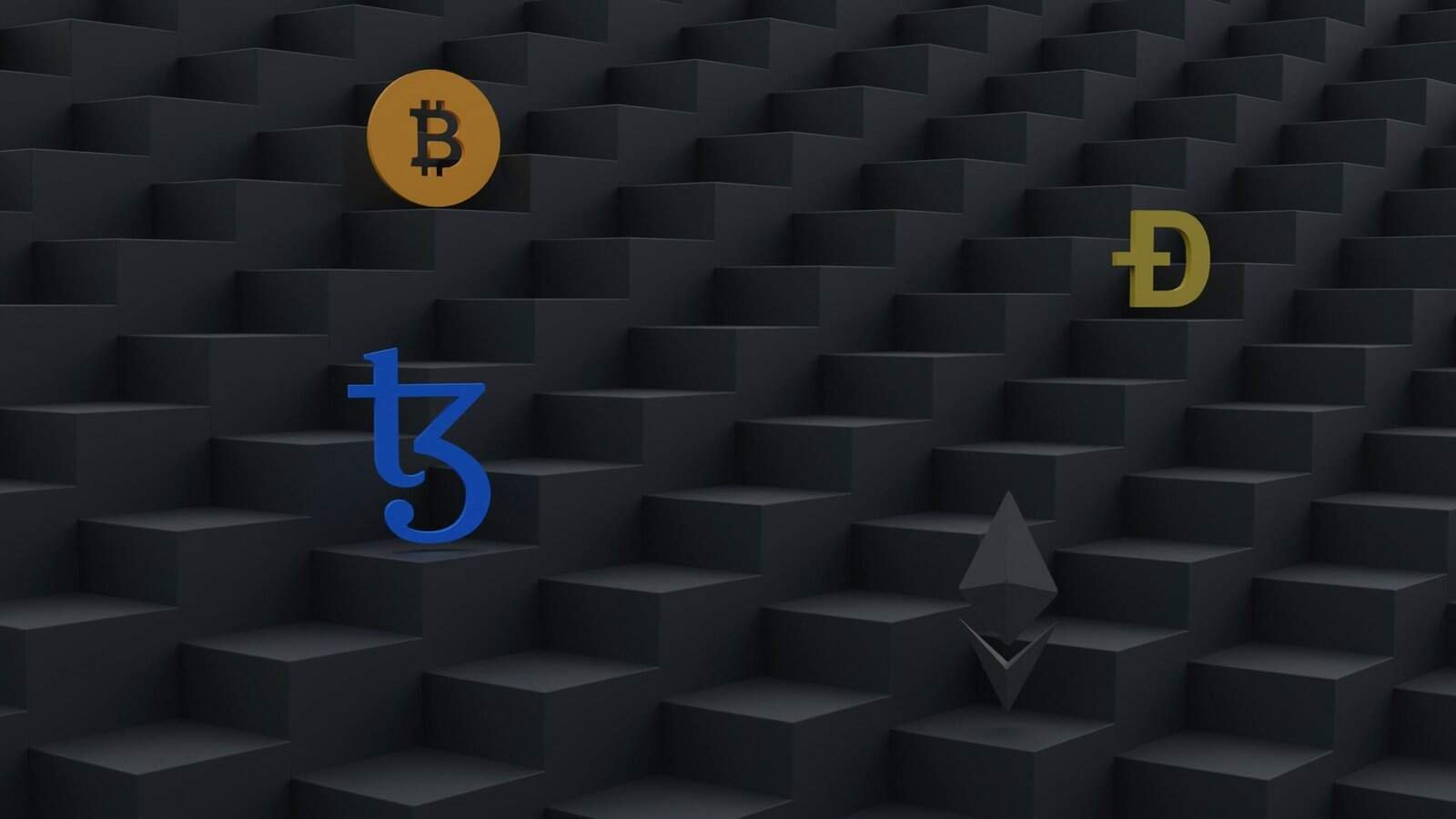
Proof of reserves: what it is and why it matters
Proof-of-reserves (PoR) is a method exchanges use to demonstrate that they hold sufficient assets to cover customer balances. You should look for PoR that is:
- Performed by independent third parties
- Uses cryptographic proofs where practical
- Includes liabilities and not just asset balances
- Performed periodically, not one-off
PoR lowers the risk of hidden insolvency, but it doesn’t guarantee perfect solvency or accounting integrity. Consider PoR alongside audits and regulatory filings.
Insurance: what’s actually covered
Insurance is often misunderstood. Policies may cover:
- Cybersecurity breaches (theft from exchange hot wallets)
- Employee theft or internal fraud
- Legal liabilities depending on policy specifics
Insurance usually excludes losses due to market volatility, account compromise due to user negligence (e.g., leaked credentials), and state seizures. Ask the exchange for policy details: coverage limits, terms, and the underwriter’s name.
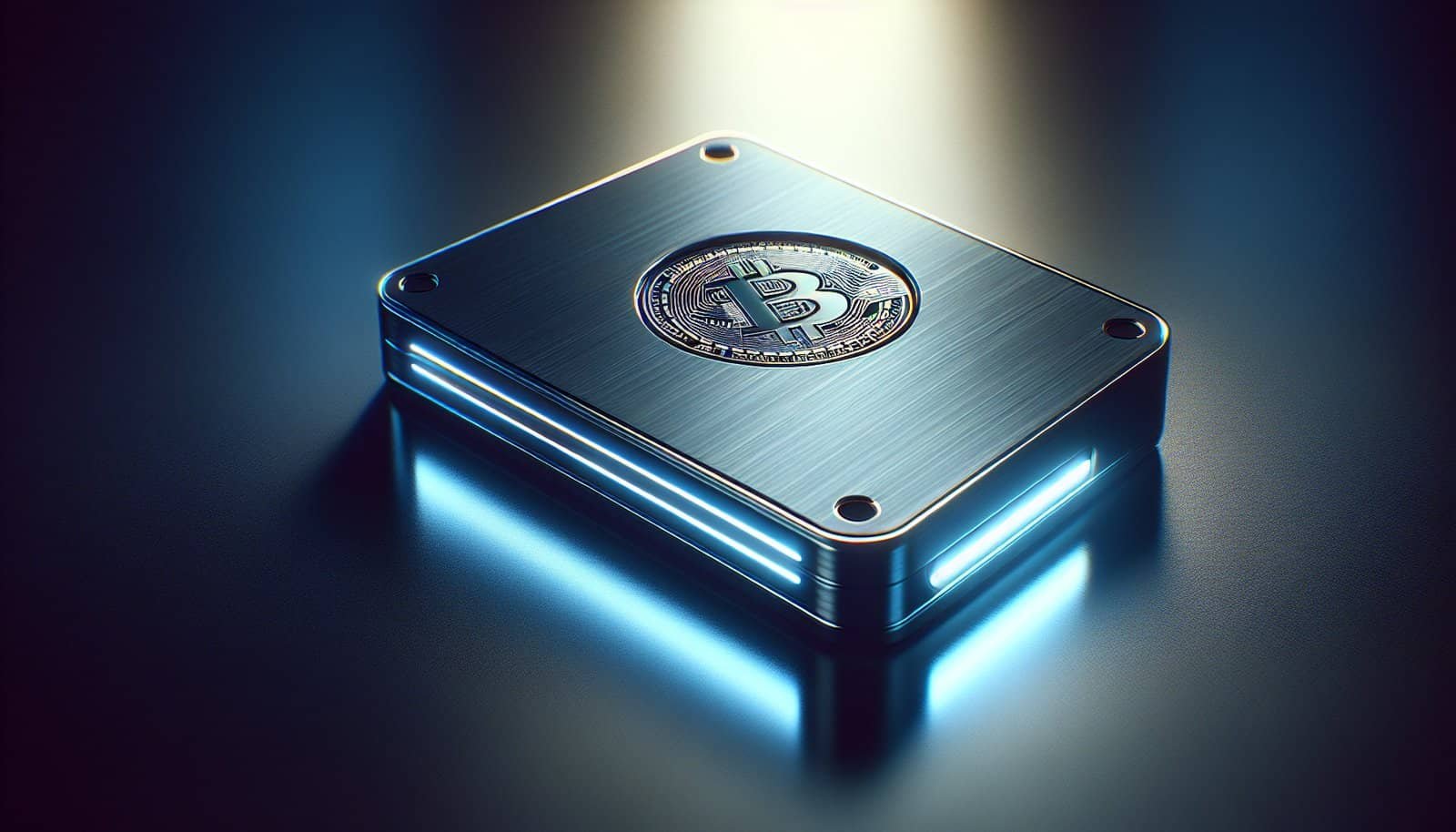
Security features you should demand
You should expect the following features from any exchange you plan to use:
- Hardware security support (U2F/FIDO2 hardware keys) for account logins
- Withdrawal whitelists and limits
- Multi-factor authentication (MFA) with strong options
- Session management and device controls
- IP whitelisting and country restrictions if needed
- 24/7 monitoring, automated anomaly detection, and rapid freeze capabilities
If the exchange lacks these, treat it as higher risk.
How to interpret an exchange’s incident history
You’ll likely find some exchanges with clean histories and others with past breaches. Evaluate not just whether a breach occurred, but how the exchange responded:
- Were customers informed promptly and transparently?
- Did the exchange cover customer losses or compensate them fairly?
- Were controls improved afterwards?
- Did the exchange cooperate with regulators and law enforcement?
A transparent, responsible response is much more reassuring than a supposedly “never-hacked” exchange that hides its vulnerabilities.
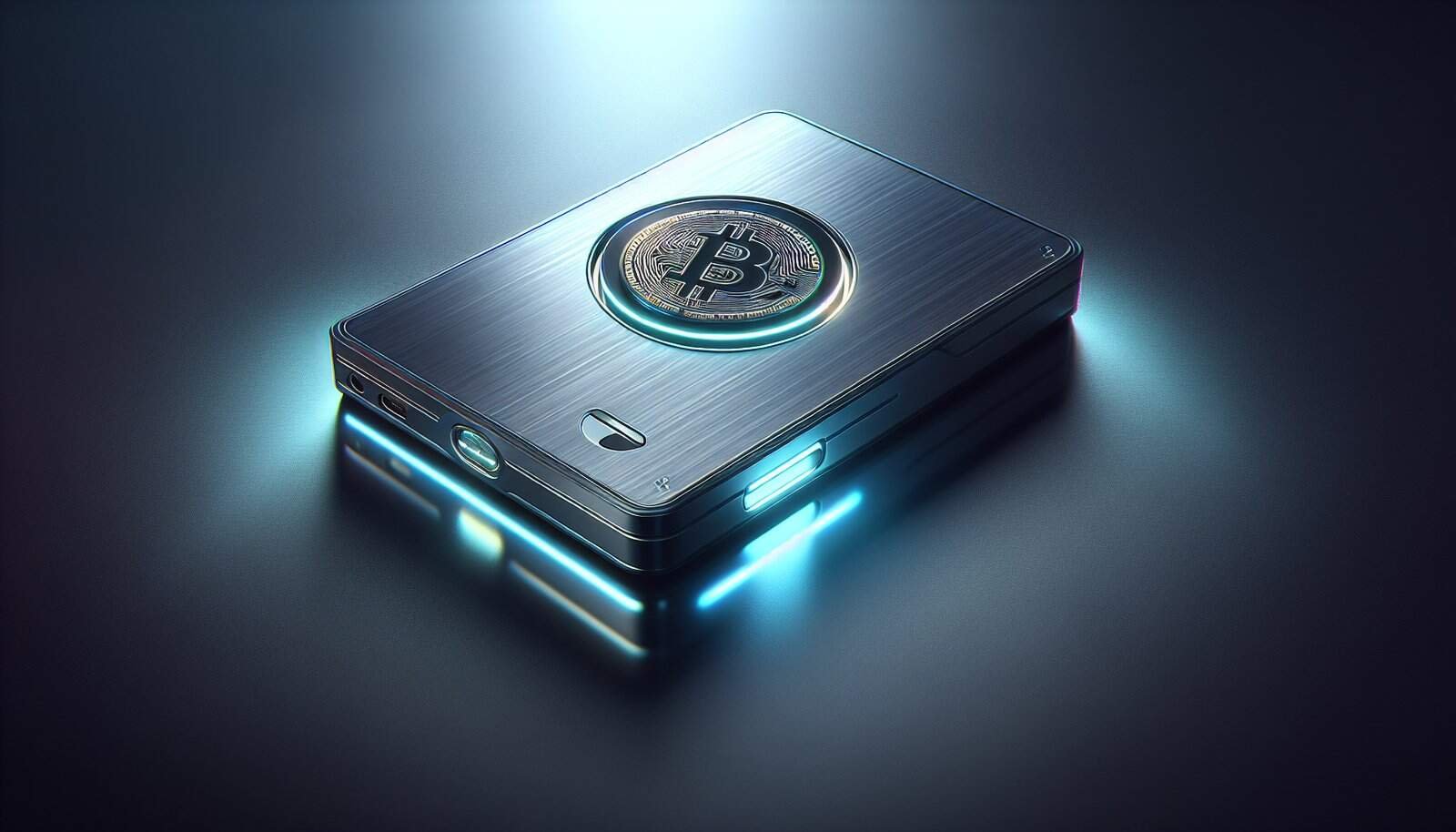
Jurisdiction matters: where the exchange operates
You should check the legal jurisdiction of the exchange’s primary entity and the legal protections in that jurisdiction. Some factors to consider:
- Strength of consumer protection laws
- Likelihood of regulatory intervention or asset freezing
- Local tax and reporting requirements
- Ability to pursue legal remedies if the exchange mismanages funds
Operating in a heavily regulated jurisdiction often increases compliance overhead but also adds layers of consumer protection.
Centralized vs decentralized exchanges (CEX vs DEX)
If safety equals control, a decentralized exchange (DEX) may appeal because you keep custody. However, DEXs have their own risks: smart contract bugs, lower liquidity, and front-running. Centralized exchanges offer convenience, liquidity, and customer support, but you rely on the operator’s security and solvency.
Choose based on what you prioritize: custody control (self-custody/DEX) or trading convenience/liquidity (CEX), and use hybrid approaches when needed.
Comparing specific exchanges: more detail
Below are practical pros and cons you can expect from commonly used exchanges in 2025. This is not investment advice—just a safety-focused comparison.
Coinbase (pros and cons)
You’ll find Coinbase appealing for its U.S. regulatory posture, institutional custody services, and strong security culture. Its public audits and extensive compliance make it a strong contender if you value regulatory clarity. Limitations include potentially higher fees and past regulatory scrutiny regarding product offerings.
Kraken (pros and cons)
Kraken is known for conservative security practices and transparency, including proof-of-reserves efforts. It’s a good choice if you want strong KYC, security features, and a non-U.S.-centric operational model. It has had operational outages in high market stress—factor that into active trading decisions.
Gemini (pros and cons)
Gemini emphasizes compliance, licensing, and consumer protection under New York Department of Financial Services oversight. It’s a fit if you value trust-regulated custody and institutional-grade reporting. You may face stricter KYC and fewer margin products compared with some competitors.
Bitstamp and other long-running European exchanges
You’ll notice exchanges like Bitstamp have long records of conservative business practices and regulatory compliance. They often focus on core trading services and custody safeguards rather than flashy features. This makes them a solid option for risk-averse users in Europe.
Binance (pros and cons)
Binance offers unmatched liquidity and product breadth, which is important if you trade exotic pairs or need deep order books. However, regulatory compliance varies by jurisdiction, and that creates additional counterparty risk. If you use Binance, limit the balance you keep on the platform and use strong account security measures.
Practical steps to protect yourself on any exchange
You should implement personal security measures in addition to picking a safe exchange. These steps reduce risk significantly.
- Use a hardware security key (FIDO2/U2F) for your account login. This is one of the most effective defenses against account takeover.
- Enable all available multi-factor authentication and prefer hardware over SMS.
- Use strong, unique passwords stored in a reputable password manager.
- Keep only necessary balances on exchanges; move long-term holdings to self-custody hardware wallets.
- Use withdrawal whitelists and set daily withdrawal limits where available.
- Monitor account activity and set up email/push alerts for logins and withdrawals.
- Practice good phishing hygiene: never click suspicious links and verify domain names.
- Keep your personal devices and OS updated, and use reputable security software.
- Consider mixing custody strategies: use an insured custodial service for larger balances and a hardware wallet for long-term holdings.
How much should you leave on an exchange?
There’s no universal number; it depends on your usage. Keep only what you need on an exchange for trading, staking, or immediate transfers. For long-term holdings, move assets to self-custody or a regulated institutional custodian. A common approach is to keep a small trading balance (a few percent of your portfolio) and self-custody the rest.
Staking, lending, and yield products: extra caution
Yield products on exchanges (staking, lending, margin) can boost returns but increase counterparty risk. If you stake or lend through an exchange, know the terms: are rewards pooled? Are assets rehypothecated? What happens if the exchange becomes insolvent? Prefer protocols and custody solutions that clearly state risk mechanics and provide liquid unstaking options.
Red flags that should make you pause
You should be especially cautious if you see any of the following:
- Lack of transparent audits or proof-of-reserves.
- Repeated unexplained downtimes with poor communication.
- Overly aggressive promotions promising guaranteed returns.
- Unclear or opaque terms around custody and insurance.
- Regulatory warnings or enforcement actions in major jurisdictions.
- Poor customer support, especially on account recovery and frozen funds.
How to verify claims an exchange makes
You can verify safety claims by:
- Reviewing public audit reports and checking the auditor’s credentials.
- Inspecting blog posts and security whitepapers for technical depth.
- Checking for SOC 2 or equivalent attestation reports where available.
- Confirming insurance underwriters and reading policy outlines.
- Searching for regulatory filings or license details on official government sites.
- Reading independent security reviews and community feedback.
Checklist for choosing the safest exchange for your needs
Use this checklist to compare platforms objectively:
- Is the exchange licensed in your jurisdiction or a reputable one?
- Does it publish third-party audits or proof-of-reserves?
- What percent of assets are kept in cold storage?
- Does it support hardware keys and advanced account controls?
- What insurance exists and who underwrites it?
- How transparent is the management about incidents?
- How deep is liquidity for the tokens you use?
- Does the exchange support withdrawal whitelists and account freeze?
- What’s the quality and responsiveness of customer support?
- What are the fees and how might they affect your strategies?
Scenario examples: choosing based on your priorities
Use these short scenarios to match needs to exchange types.
You’re a long-term holder (HODLer)
You’ll want to minimize custody risk. Consider self-custody with hardware wallets or a regulated custody provider for large balances. Use exchanges only for occasional trades, keeping a small active balance there.
You’re an active trader
You’ll value liquidity, order types, and uptime. Choose exchanges with deep order books for your pairs, fast matching engines, and margin products if needed. Keep only working capital on exchanges, and use institutional custody for large reserves.
You’re an institution or high-net-worth individual
You’ll likely need segregated custody, institutional-grade audits, insurance, and legal contracts. Use regulated custodians and custodial exchanges with professional services and SLAs.
You’re experimenting with DeFi
If you primarily interact with DeFi, you’ll need to balance smart contract risk and custody. Use hardware wallets and audited smart contracts; consider using bridges cautiously.
Regulatory trends to watch in 2025
Regulators worldwide are focusing on consumer protection, AML/KYC, stablecoin oversight, and exchange transparency. As a user, you should monitor how these changes affect custody, reporting requirements, bank access, and cross-border transfers. Greater regulation generally increases safety but can also limit product access.
Final recommendations and practical next steps
You should:
- Prioritize exchanges that combine regulatory compliance, transparent audits, and strong custody practices.
- Limit funds on any single centralized platform and use self-custody or regulated custodians for long-term holdings.
- Use hardware security keys and strict account controls.
- Verify insurance and audit claims directly from exchange documentation.
- Keep informed on regulatory updates that affect where you live and where the exchange operates.
For many users in 2025, exchanges that emphasize custody segregation, publish independent audits, and operate under clear regulatory frameworks (e.g., Coinbase, Gemini, Kraken, Bitstamp and regional regulated players) will be among the safer choices. If you prioritize absolute control over security, you may still prefer self-custody combined with carefully audited DeFi protocols.
Frequently asked questions (brief)
Q: Can an exchange guarantee 100% safety? A: No. No exchange can offer absolute guarantees. Even with insurance and audits, systemic risk, regulatory action, or unprecedented attacks can create losses. Your mitigation strategy should combine careful exchange selection and personal security practices.
Q: Is proof-of-reserves sufficient to trust an exchange? A: Proof-of-reserves helps but isn’t sufficient alone. Pair it with regular financial audits, transparency about liabilities, and strong operational security.
Q: Should you use a hardware wallet instead? A: For long-term holdings, yes. Hardware wallets reduce counterparty risk but increase personal responsibility for safekeeping seeds and backups.
Q: How often should you audit your exposure? A: Review balances and custody decisions at least quarterly, and after any significant regulatory or security incident affecting your exchange.
Closing thoughts
You’re navigating a maturing industry where safety is becoming more measurable and enforceable. By evaluating exchanges against clear security, custody, and regulatory criteria—and by practicing strong personal security—you’ll reduce the odds of loss and be better prepared to respond if problems arise. Choose the platform that best matches your risk tolerance and usage pattern, and keep your holdings structured so that no single failure causes catastrophic loss.
